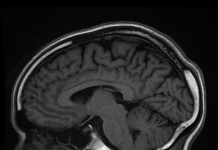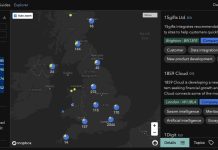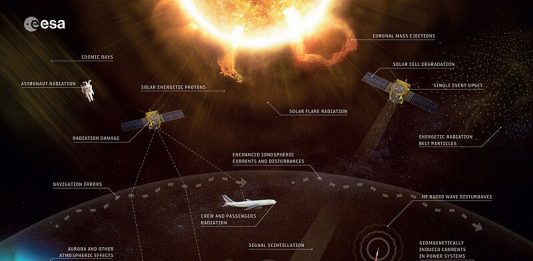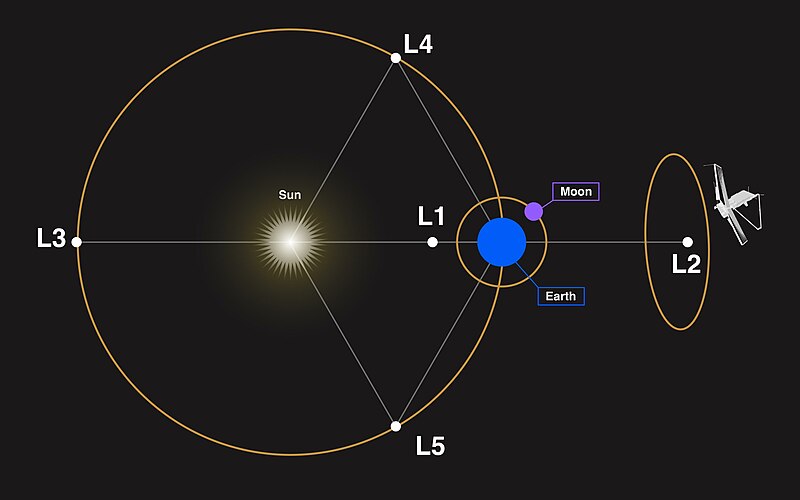The researchers have, for the first time, tracked the evolution of solar wind from its inception at the Sun to its impact on the near-Earth space environment and have also shown how a space weather event can be predicted 2 to 2.5 days in advance. The study is novel in connecting the propagation of the solar wind and its impact on near-Earth’s environment from the different vantage points in space. This demonstrates that satellites placed at the right place in space could be used to monitor propagation of solar winds towards earth that can considerably improve forecasting of space weather. In addition, the planned “Vigil mission” of European Space Agency (ESA) also aims to keep an eye on solar winds to give advance warnings of oncoming solar storms from Fifth Lagrange point (L5) at the closest distance of 150 million km from Sun. Currently in development stage, it will provide a near real-time data stream for space weather services following its launch in 2031.
Forecasting of weather (i.e., how will be wind speed, rainfall, temperature, sunshine etc) at a place is important for us for several reasons pertaining to our day to day life including agriculture, transport, leisure and entertainment etc. Accurate forecasting of weather helps economy and makes our life easy and comfortable but more importantly, it gives us time to mobilise resources to take necessary preventive actions to protect from damages to life and property from adverse weather events like flood, cyclones, heat waves, heavy rainfall etc.
Weather on Earth influences us, so does “weather in space”. Because our home planet Earth is a part of stellar system of an average star called Sun (which in turn, is a small part of an extremely insignificant galaxy in the Universe called Milky Way ), our life and civilisation on Earth is influenced by the conditions in the space particularly weather happenings in our neighbourhood in the solar system. Any adverse drastic change in weather in space poses threat to the biological life forms and electrical and electronics based technological infrastructure on the Earth and in the space. Electronics and computer systems, power grids, oil and gas pipelines, telecom, radio communication including mobile phone networks, GPS, space missions and programmes, satellite communications, internet etc. – all of these can potentially be disrupted and brought to standstill by severe disturbances in space weather. Astronauts and the space-based facilities like spacecrafts are particularly at risk. There were several instances of this in the past e.g., March 1989 ‘Quebec Blackout‘ in Canada caused due to massive solar flare had badly damaged power grid. Some satellites too had suffered damages. Therefore, the imperative of a system for forecasting space weather, just the way we have systems for forecasting weather on Earth.
For the starters, prime player in the phenomenon of weather on Earth is the currents of “wind” comprising of molecules of gasses in the Earth’s atmosphere. In the case of weather in space, it is “solar wind” comprising of streams of high energy ionised particles such as electrons, alpha particles etc (viz. plasma) emanating from superheated coronal layer of Sun’s atmosphere in all direction in the heliosphere including towards earth.
Forecasting of space weather, therefore, involves predicting conditions of solar wind based on current understanding of its formation, intensity and movement in the space. We know, sudden ejections of masses from the coronal layer of the Sun (viz. Coronal Mass Ejections or CMEs) is associated with intense solar wind conditions or solar storms. So, observation of CME’s or photospheric magnetic fields can give an idea about impeding solar wind storm but a regular system for forecasting space weather would require combining a model with observations of the solar wind to find an estimate of reality (viz. data assimilation). This, in turn, would require regular tracking of evolution of solar wind from its inception at the Sun to its impact on the near-Earth space environment.
As reported on 09 September 2024, researchers from VSSC, ISRO have, for the first time, tracked the evolution of solar wind from its inception at the Sun to its impact on the near-Earth space environment. Using data from TTC (Telemetry, Tracking and Command) radio signals from ISRO’s Mars Orbiter Mission (MOM) from 2015 and InSWIM (Indian network for Space Weather Impact Monitoring) network, they mapped the origin, acceleration, and propagation of the high-speed solar wind streams (HSS) and observed their impact on the low-latitude Earth’s ionosphere. have shown how a space weather event can be predicted 2 to 2.5 days in advance. The study is novel in connecting the propagation of the solar wind and its impact on near-Earth’s environment from the different vantage points in space. This demonstrates that satellites placed at the right place in space could be used in monitoring propagation of solar winds towards earth that can considerably improve forecasting of space weather.
The planned “Vigil mission” of European Space Agency (ESA) also aims to keep an eye on solar winds to give advance warnings of oncoming solar storms from Fifth Lagrange point (L5) at the closest distance of 150 million km from Sun. Currently in development stage, it will provide a near real-time data stream for space weather services following its launch in 2031.
***
References:
- Jain R.N., et al 2024. Impact of the High-Speed Solar Wind stream over the low latitude Ionospheric system – A Study combining Indian MOM and InSWIM observations. Monthly Notices of the Royal Astronomical Society, stae2091. Published: 09 September 2024. DOI: https://doi.org/10.1093/mnras/stae2091
- Turner H., 2024. Forecast improvements from solar wind data assimilation. Ph D Thesis. University of Reading. 21 May 2024. DOI: https://doi.org/10.48683/1926.00116526 Available at https://centaur.reading.ac.uk/116526/1/Turner_thesis.pdf
- ESA. Space safety – Vigil mission. Available at https://www.esa.int/Space_Safety/Vigil
- Eastwood J.P., 2024. The Vigil Magnetometer for Operational Space Weather Services From the Sun-Earth L5 Point. Space weather. First published: 05 June 2024. DOI: https://doi.org/10.1029/2024SW003867
***
Related articles
- Space Weather, Solar Wind Disturbances and Radio Bursts (11 February 2021)
- Solar observatory spacecraft, Aditya-L1 inserted in Halo-Orbit (7 January 2024)
***




































